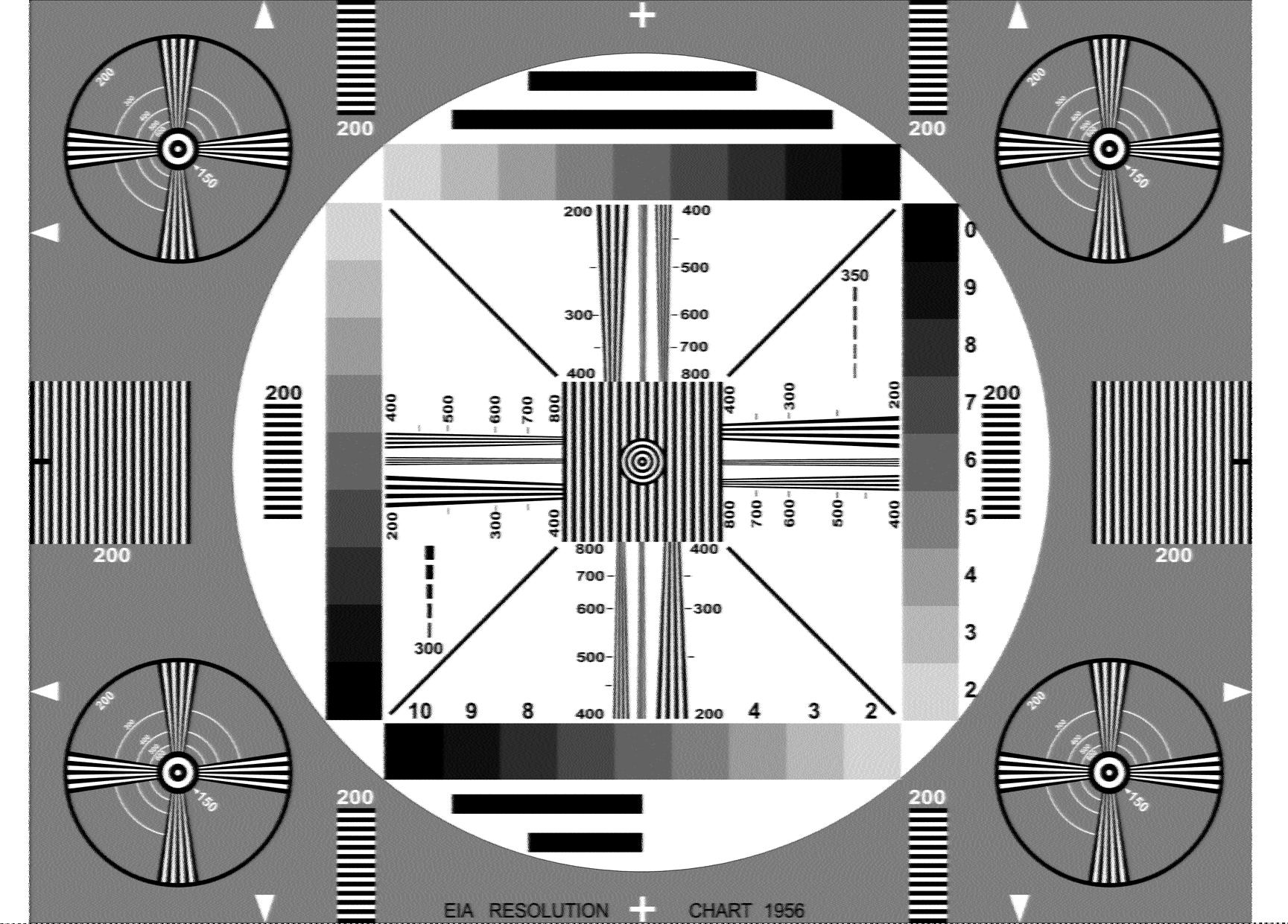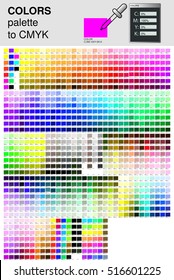

We assume for this paper that we know the color calibration matrix for the printer. Note that by “printer index” we mean a number that we can use to associate to a particular printer used to print the FM.

Our goal is to design the FM so that we can determine the printer by extracting the printer index from an image of the FM. Therefore we must design a system that allows us to know which printer was used to print the FM so that we can properly color calibrate the images. We have tested printing the FMs using various printers and significant color mismatch can be observed based on both the perception of a human observer (see Figure 3) and our estimates of the sRGB values. The issue of reproducing colors is a fundamentally difficult problem. As the number of users in our studies increases, we need to develop a method for the users to generate the FM themselves.įood images from our TADA system with the fiducial marker (FM) present. Our research group has generated and distributed all the FMs used in our previous studies by printing the FMs on the same printer (a Canon i9900). The fiducial marker is included in the scene by the user to serve as a reference for the estimation of scale and pose of the objects in the scene and to provide reference information for color calibration. This color checkerboard consists of M colors where M = 11 including background “white” for our current version of the FM. To provide reference information, we have designed a color checkerboard pattern or a fiducial marker (FM) as illustrated in Figure 1(a).

A color calibration process based on reference information is required prior to food classification to eliminate the influences of varying lighting conditions and mitigate variations in camera sensor response. The current system uses color as an important feature for identifying food types, therefore it is crucial to maintain the consistency of color for accurate food classification. Image processing and analysis methods are then used to determine the food type and nutrient value of the food. The TADA system, and the associated mobile Food Record (mFR), allows users to acquire food images using a mobile telephone. In this paper we describe a printer indexing system for color image calibration used in a mobile telephone dietary assessment system, the Technology Assisted Dietary Assessment (TADA) system, that we have been developing for the past seven years.


 0 kommentar(er)
0 kommentar(er)
